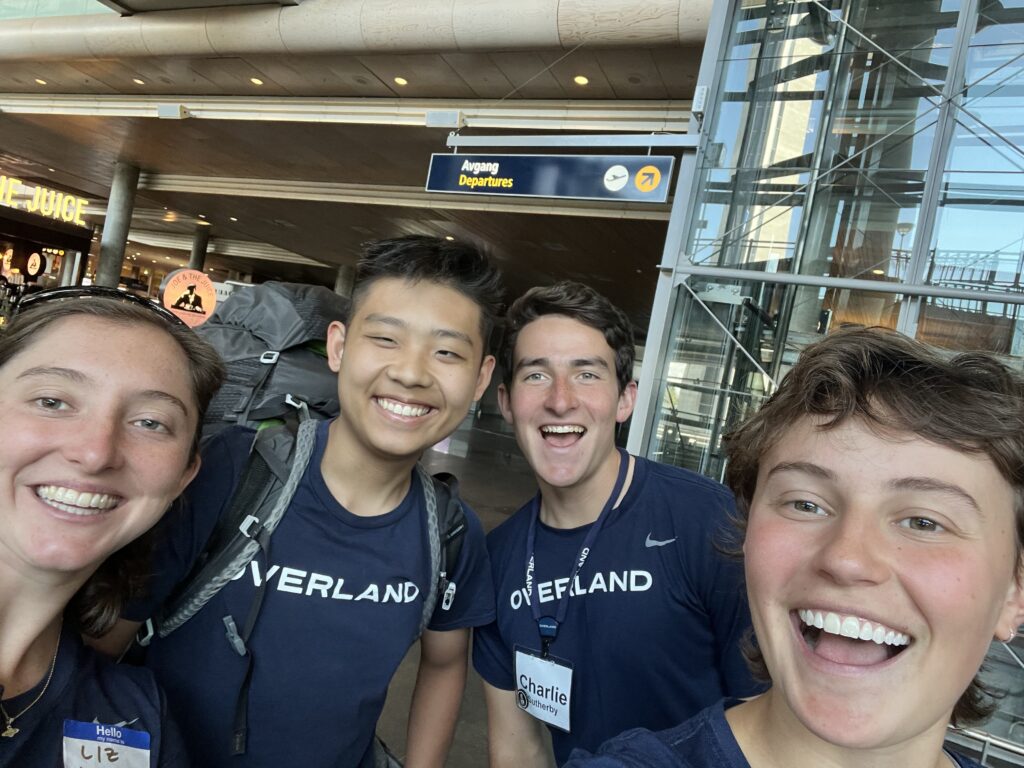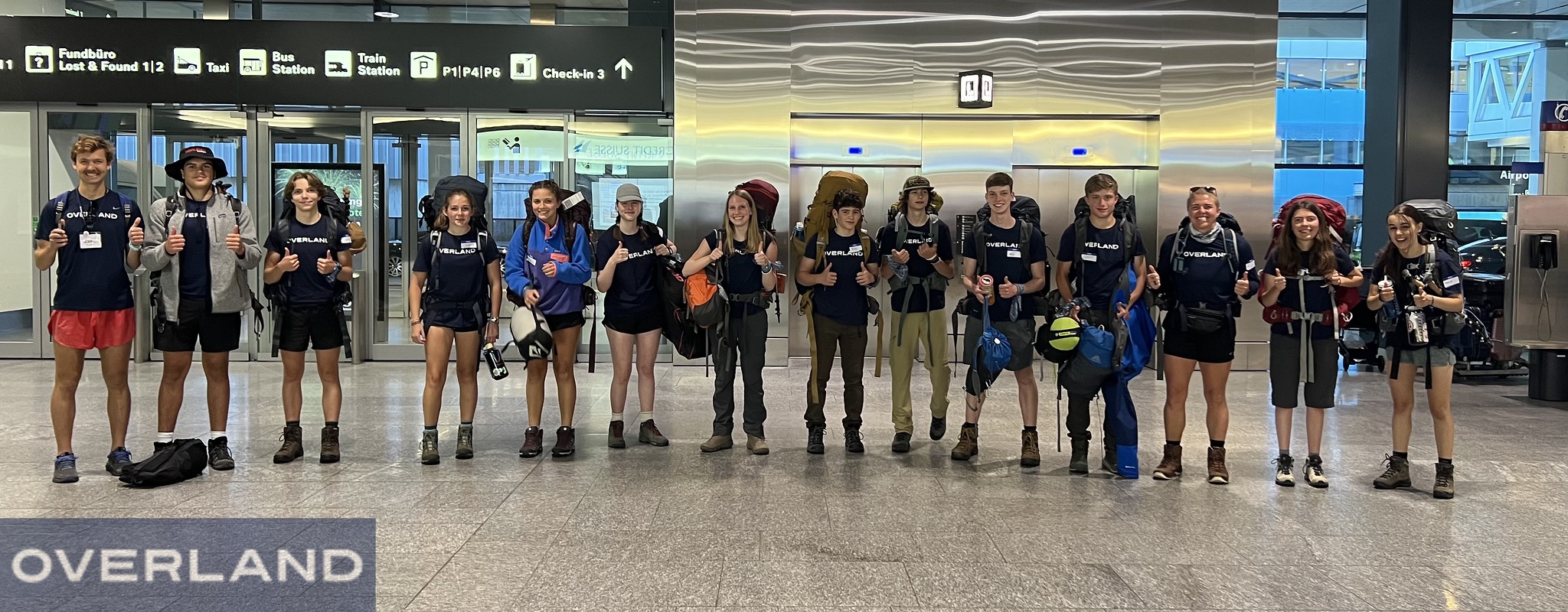When it comes to sleeping on an overnight flight, there are eight critical choices that make the difference between a good rest and a long slog.
If you’re heading out soon on a long overnight flight, and you want the best advice on how to get a good night’s rest, then read on.
But before I even get to the advice, let’s stop the complaining about overnight flights: you’re going 500 miles per hour in relative comfort. Relax. You’ll be there before you know it.
That said, many people suffer through overnight flights—they eat (or drink) too much, they watch movies, and they fritter away hours when they could be getting a decent night’s rest.
The irony here is that most people stay up later—much later—on an overnight flight than they would ever do at home. Then they say that it’s impossible to sleep on a plane. Really? C’mon, folks, this isn’t that hard!
While personal preference will color your approach to how best to manage your time aloft, these eight critical choices can make the difference between arriving ready to roll or needing a nap.
- Fly at Your Normal Bedtime. Pick a departure time that’s close to your normal bedtime. If you’re typically an early to bed person, for example 9:00 p.m., then choose an 9:00 p.m. departure time (or something close to that). More of a night owl? Pick a later departure. The goal is to get on board, get comfortable, then go to sleep at your regular bedtime.
- Pick the Best Available Seat. A good night’s rest on an airplane is not necessarily dependent on the size or configuration of your seat: even in the lie-flat beds up front, there are passengers who make a hash of their time on board. No matter which cabin you’re in, follow these simple rules:
- Pick a window seat (no one will wake you up as they climb over you).
- Choose a row that’s as far as possible from the galley and the bathrooms (less noise).
- If you sleep on your right side? Choose a seat on the right side of the plane. Left? Left side of the plane.
- To get the best possible seat, consult the seat maps for your flight on SeatGuru.
- When it comes time to agonize over paying a bit more for a better seat, do this: rationalize the extra cost of that better seat over the total cost of your trip. A hundred bucks more for a better seat? That seems like a lot, right? But spread that cost over ten days of adventure? Shoot, that’s $10 a day. Go for it.

- Have Dinner Before Your Flight. Enjoy a light meal—at home, in town, or at the airport—at your normal dinnertime. Just as with sleep, you’ll have a better flight experience if you have dinner when you usually do. What’s more, you’ll maximize the amount of time for on-board sleep.
- Leave for the Airport Early—Really Early. C’mon, people, why turn the last hours before your much-dreamed-of-adventure into a mad scramble? To get a good night’s sleep, you’re going to need to wind down gradually in the hours before you go to sleep. So, get out of the office—or home—with lots of time to spare. Then, count on a traffic snarl, and some long lines at the airport. If you’re swimming in time, it won’t matter.
- Put Away Your Devices. Turn off all of your devices before boarding and put them away. Give your mind time to disengage from everything—work, home, relationships. There will be plenty of time once you land to confirm that meeting, answer that question, untangle that misunderstanding. And, once you’re on board, turn off the screen at your seat.
- Wear a Mask and Earplugs. Check with your airline to see if they provide a mask and earplugs. If not, bring them with you. As soon as your plane reaches 10,000 feet, put your seat back, your earplugs in, your mask on, and go to sleep. Stay asleep as long as you can. And when you wake up, go back to sleep. Be intentional about it.
- Be Smart About Hydration. Don’t load up on salty snacks or caffeinated drinks before your flight (they’ll dehydrate you). But also: don’t overdo it on the water! Just sip normally so that you stay adequately hydrated. Don’t drink too much water! Why? Because you don’t want to have to climb out of your seat during the flight to use the bathroom.
- Skip the Sleep Aids. There are a lot of sleep aids to choose from—Ambien, Melatonin, Tylenol PM, et cetera—but the point of sleeping well on a plane is to normalize the experience as much as possible. If you’re not used to sleep aids, an overnight flight is not the place to start.
For a good night’s sleep, plan ahead and be intentional: make your time on board as relaxed and as close to your normal sleep routine as possible. Then, when you walk off the plane rested and refreshed, you’ll be ready to get outside and explore. And that’s the point, isn’t it?
How To Choose A Summer Adventure For Your Child
Get first-hand insights into what you should look for when choosing the next summer travel adventure for your child.






